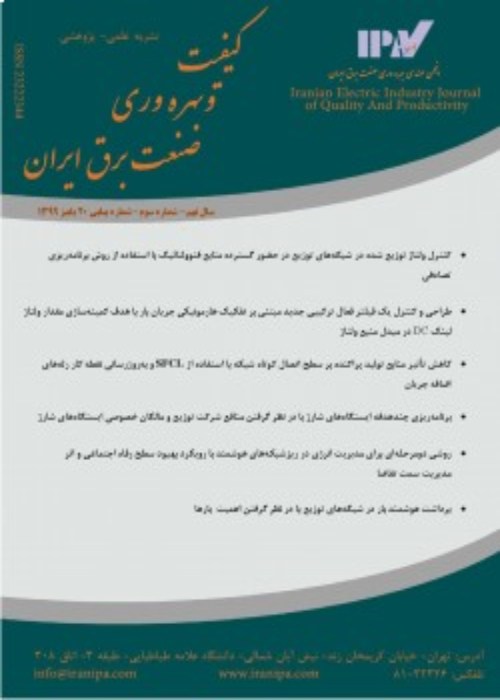Improvement of the resilience of distribution networks by the construction of tie lines: An innovative method based on iteration and graph theory
Adverse weather conditions and natural disasters always inflict extensive losses and outages in distribution networks while the number and severity of these incidents have often been on the rise in recent years. Therefore, evaluating the resilience of the network and its reversibility in the face of adverse weather conditions and reducing the permeability of the electricity distribution network exposed to natural disasters should be among the planning priorities for the design and optimal operation of these networks. Tthis study aims to construct new tie lines between the healthy part and the damaged parts of a network in the event of a possible accident to quickly restore service to the parts that have lost electricity. The paper presents an innovative iteration-based method that uses graph theory to optimize the total objective function, including the cost of constructing tie lines, the cost of reliability, and the cost of resilience. The proposed method was applied to a part of the RBTS test system, and the effect of constructing new tie lines was investigated on the resilience and reliability indicators of the network according to the cost of their construction
-
Presenting a Differential Evolutionary Algorithm for Solving the Stochastic Problem of Reconfiguration of the Distribution Network and Optimal Allocation of Distributed Generation Units (Wind Turbine)
, MohammadHasan Nikkhah, MohammadEbrahim Hajiabadi *
Intelligent Systems in Electrical Engineering, -
Intelligent consumption management of residential buildings with the help of energy hub in the presence of multiple energy carriers
Rahim Ildarabadi *, , MohammadHasan Nikkhah, Mohammad Rooeintan
Journal of Modeling in Engineering,


